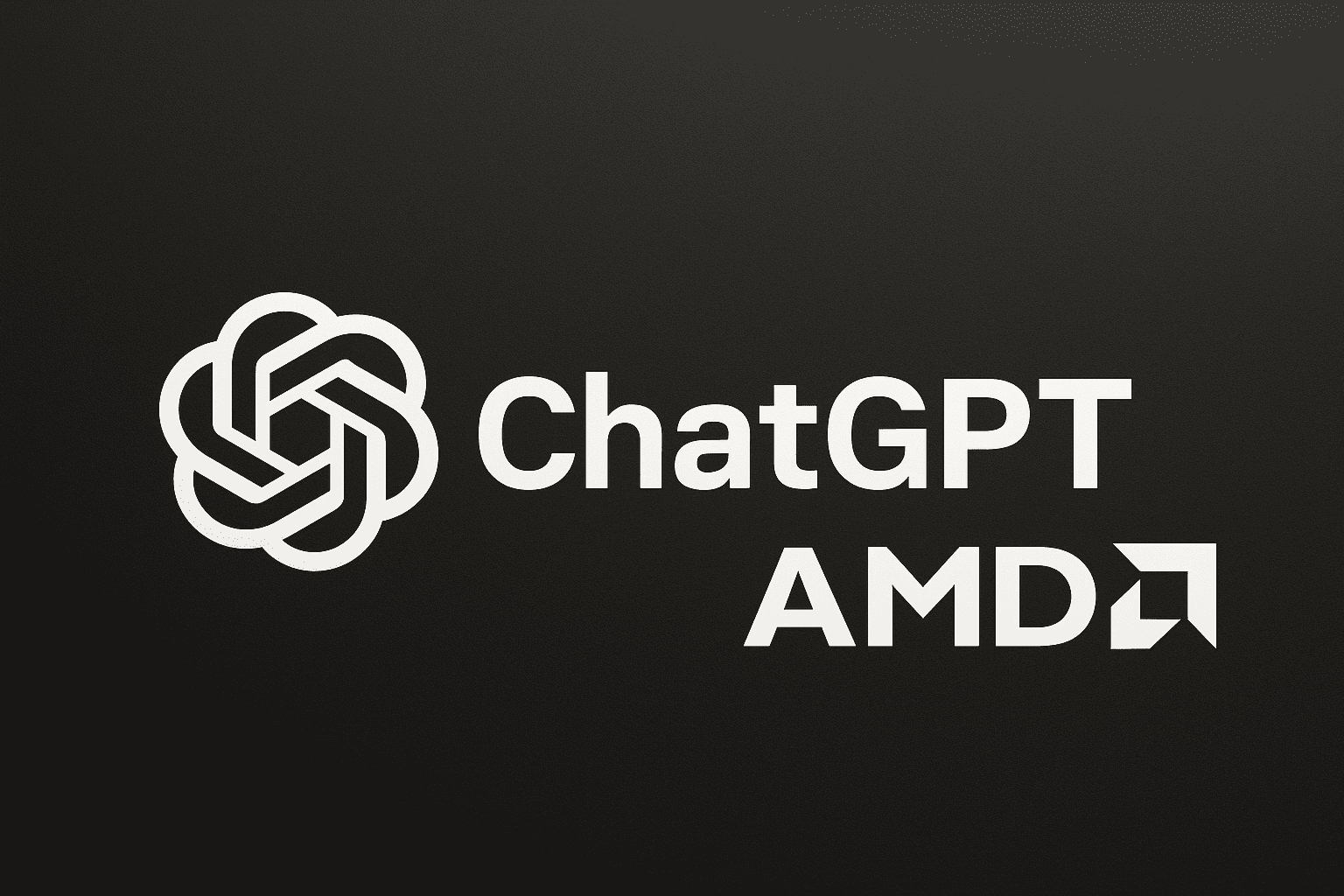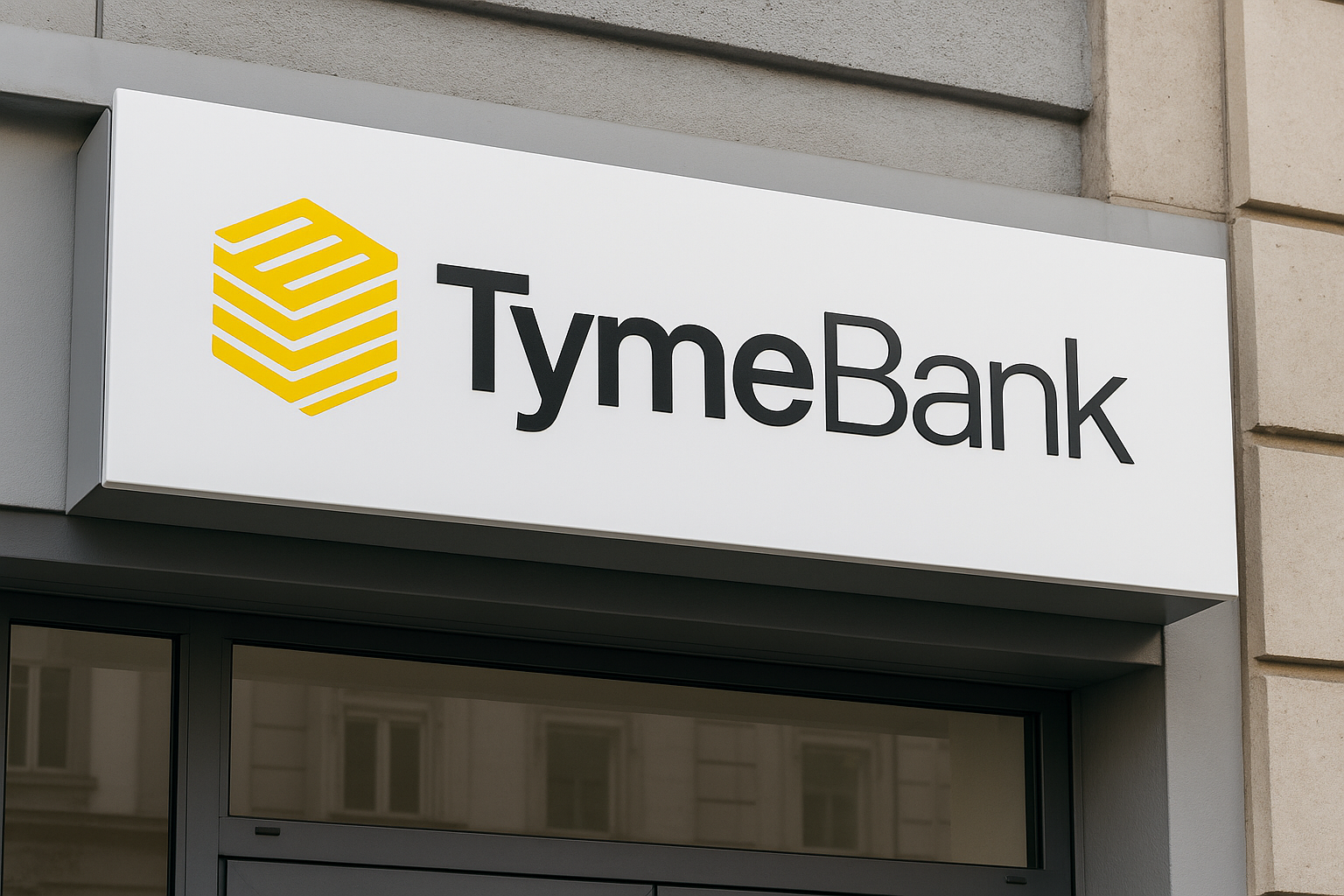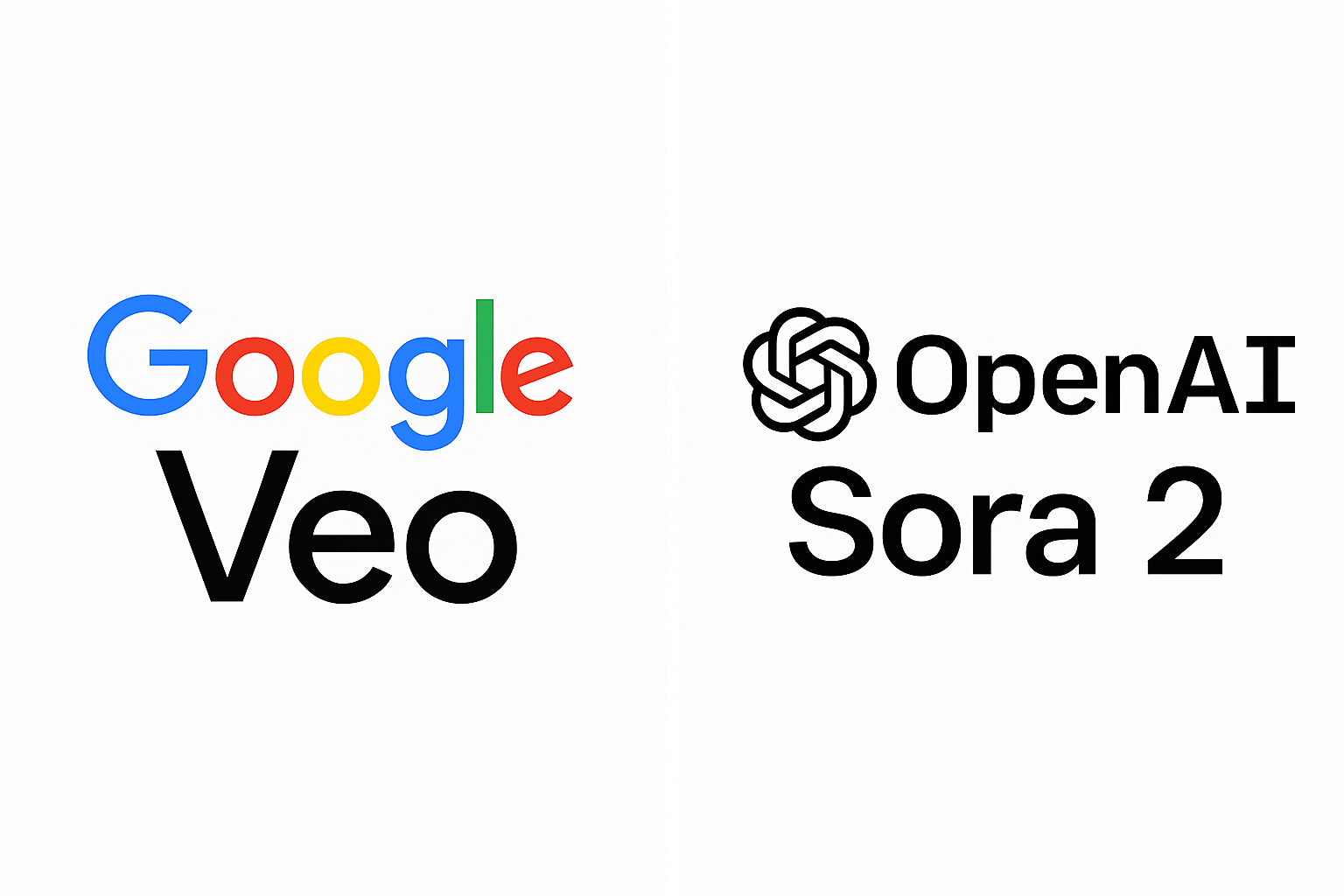AMD and OpenAI Announce Strategic Partnership to Deploy 6 Gigawatts of GPU Power

AMD and OpenAI Announce Strategic Partnership to Deploy 6 Gigawatts of GPU Power
A Landmark Partnership in the AI Hardware Race
In October 2025, Advanced Micro Devices (AMD) and OpenAI officially announced a sweeping strategic partnership that may redefine the scale and pace of global artificial intelligence (AI) infrastructure.
The deal centers around the deployment of an extraordinary 6 gigawatts (GW) of AMD GPUs — one of the largest GPU infrastructure projects ever announced — designed to power OpenAI’s expanding portfolio of foundation models and AI products.
This partnership extends across multiple generations of AMD technology, beginning with the AMD Instinct™ MI450 GPU series, scheduled for rollout in the second half of 2026. Both companies describe this collaboration as a major leap in compute scaling, technical alignment, and long-term innovation in AI and high-performance computing (HPC).
Why This Deal Matters
The global race for AI dominance is increasingly defined by access to compute power. As models like GPT-5, DALL-E, and Sora become exponentially more compute-intensive, companies like OpenAI must secure massive, efficient GPU resources.
AMD, traditionally known for its leadership in CPUs and datacenter accelerators, steps into this deal not merely as a supplier — but as a strategic partner with deep technical and financial integration.
Key Highlights of the Partnership
- 6 GW total GPU deployment over multiple hardware generations.
- Initial 1 GW deployment using AMD Instinct MI450 in 2026.
- Warrant structure: OpenAI may acquire up to 160 million shares of AMD stock, vesting upon completion of key milestones.
- Projected revenue: The deal is expected to drive tens of billions of dollars in long-term revenue for AMD.
- Co-design roadmap: Both companies will align hardware and software optimization for efficiency, power, and scalability.
Understanding the Scale: What 6 Gigawatts Really Means
To put 6 GW of GPU capacity into perspective, it’s equivalent to the power consumption of several large data centers, or roughly the output of six nuclear reactors. In compute terms, it represents millions of high-performance GPU chips — enough to train and serve multiple frontier AI models simultaneously.
The partnership underscores an emerging global theme: AI is no longer limited by algorithms but by energy, cooling, and compute density. AMD’s collaboration with OpenAI isn’t just about selling chips — it’s about building the backbone of the next decade’s AI economy.
Phase 1: The AMD Instinct MI450 Era
The partnership begins with AMD’s Instinct MI450 GPU, which will power the first 1 GW deployment in 2026. Built on AMD’s cutting-edge CDNA™ 4 architecture, the MI450 offers major improvements in energy efficiency, interconnect speed, and memory bandwidth.
Key Features of the MI450 GPU
- Advanced 3D packaging for higher density and thermal efficiency.
- Infinity Fabric technology enabling unified memory across thousands of GPUs.
- Optimized for large-scale AI training and inference workloads.
- Enhanced ROCm™ software stack integration for OpenAI’s models.
AMD’s MI450 represents a critical step forward in closing the performance gap with NVIDIA’s H200 and B200 GPU series. The deployment also positions AMD as the second major supplier of high-end AI accelerators — diversifying OpenAI’s compute base.
Co-Design and Technical Collaboration
One of the most significant aspects of the deal is the co-design roadmap. Unlike standard vendor relationships, AMD and OpenAI will work hand-in-hand to shape future generations of hardware and software.
Areas of Joint Development
- Memory architecture optimization for large model training efficiency.
- Thermal management and cooling innovation at scale.
- Software stack integration, particularly with OpenAI’s distributed training framework.
- Power efficiency improvements, targeting lower energy costs per FLOP.
- Latency reduction in model inference and data transmission.
This level of collaboration suggests AMD will play a central role in OpenAI’s data center strategy — potentially influencing everything from hardware design to system-level optimization.
Financial Terms and Warrant Agreement
To deepen the alliance, AMD has granted OpenAI a warrant to purchase up to 160 million shares of AMD common stock.
These shares vest upon completion of performance milestones tied to deployment, efficiency, and roadmap integration — effectively aligning OpenAI’s compute scaling goals with AMD’s market growth.
The financial implications are significant:
- AMD expects tens of billions in cumulative revenue from the agreement.
- The partnership could contribute strong accretion to AMD’s non-GAAP EPS once deployments reach scale.
- OpenAI gains a long-term hardware supply partner insulated from volatility in GPU availability.
In short, this isn’t just a purchase order — it’s a mutually reinforcing investment in both companies’ futures.
Lisa Su’s Strategic Vision
AMD’s Chair and CEO, Dr. Lisa Su, framed the partnership as the culmination of years of engineering focus on scalable AI computing.
According to Su, AMD’s long-term roadmap — from MI300X to MI450 and beyond — was designed precisely for partnerships like this one.
“This collaboration with OpenAI accelerates the pace of innovation in AI infrastructure. Our combined expertise in compute, scalability, and performance optimization will shape the future of large-scale AI systems,” said Su.
Her comments highlight AMD’s shift from competing purely on performance to competing on ecosystem integration — positioning AMD GPUs as a foundational choice for hyperscalers and frontier model developers.
The OpenAI Perspective
For OpenAI, the partnership represents both scale and diversification.
The company’s reliance on NVIDIA GPUs has long been an industry talking point. With global supply constraints and skyrocketing demand, diversifying its compute portfolio was not only strategic but necessary.
“We’re building the next generation of intelligent systems that require unprecedented scale and reliability. AMD’s technology roadmap aligns perfectly with our long-term infrastructure goals,” an OpenAI spokesperson noted.
OpenAI’s new GPU deployments will power large-scale inference clusters, next-gen training runs, and experimental compute fabrics for future multimodal and agentic AI systems.
Implications for the AI Hardware Landscape
The AMD–OpenAI alliance will have ripple effects across the broader AI ecosystem:
- Increased Competition for NVIDIA:
AMD’s deep technical integration with OpenAI positions it as a credible rival in high-end AI accelerators — potentially challenging NVIDIA’s near-monopoly. - Ecosystem Diversification:
By using AMD hardware, OpenAI indirectly encourages broader software and ecosystem adoption of AMD’s ROCm platform, fostering an open-source alternative to NVIDIA’s CUDA. - Supply Chain Resilience:
With two major GPU suppliers, AI companies may face fewer shortages and more predictable pricing for compute resources. - Infrastructure Modernization:
The 6 GW deployment will likely drive innovation in energy-efficient data centers, liquid cooling systems, and renewable energy integration to offset power demands. - Downstream Benefits for Enterprises:
The hardware and software optimizations developed under this partnership could eventually reach enterprise users through cloud providers and AMD’s broader datacenter product lines.
The Broader Context: AI’s Insatiable Compute Appetite
The scale of this partnership reflects a fundamental truth: AI progress is constrained by compute.
Training a frontier model like GPT-5 or GPT-6 requires orders of magnitude more processing power than previous generations. At the same time, inference — running these models in real time for billions of users — demands low-latency, high-throughput GPU clusters.
Compute as the New Competitive Moat
Just as oil powered the industrial age, compute power fuels the AI age. The companies that control the most efficient, scalable compute infrastructure will dominate the AI economy.
By aligning with AMD, OpenAI ensures access to a dedicated, rapidly expandable supply chain for GPUs — a key differentiator in an era of constrained global semiconductor capacity.
Environmental and Energy Considerations
Deploying 6 GW of GPU infrastructure raises major questions about energy efficiency and sustainability.
AMD has pledged to design its GPUs with energy performance in mind, focusing on performance per watt improvements across each generation.
The company is also working with global data center partners to deploy renewable-powered compute farms, advanced cooling techniques, and circular design principles for hardware reuse.
AMD’s previous “30×25” energy efficiency initiative — aiming for 30 times better energy efficiency in AI and HPC by 2025 — serves as the foundation for the next phase of its sustainability roadmap.
Industry Reactions
The announcement drew swift reactions from across the tech industry and financial community:
- Investors: AMD’s stock rose in early trading following the news, as analysts projected long-term revenue expansion and stronger positioning in the AI compute market.
- Analysts: Many view the deal as validation that OpenAI is diversifying its hardware base and that AMD has crossed a crucial trust threshold among hyperscale AI firms.
- Competitors: The partnership may spur NVIDIA and Intel to accelerate their own roadmap innovations, as demand for compute continues to surge.
Morgan Stanley analysts described the deal as “transformational,” predicting that AMD’s share of the AI accelerator market could double within five years.
Economic Impact and Long-Term Vision
The long-term impact of the AMD–OpenAI partnership extends beyond technology.
It influences capital expenditure patterns, semiconductor supply chains, and even global energy infrastructure.
As AI continues to reshape industries — from healthcare and finance to logistics and entertainment — the underlying hardware will define who leads and who follows.
AMD and OpenAI’s collaboration may thus mark a turning point in AI infrastructure economics — where compute becomes not only a cost center but a strategic asset.
The Future of Scalable AI Compute
The AMD–OpenAI partnership is more than a business agreement — it’s a glimpse into the future of AI infrastructure.
As demand for compute continues to skyrocket, partnerships that align engineering innovation, financial incentives, and long-term roadmaps will shape the trajectory of artificial intelligence for years to come.
With 6 GW of GPU capacity planned, AMD and OpenAI are effectively building the backbone of tomorrow’s intelligent world — one that is faster, more efficient, and more collaborative than ever before.





